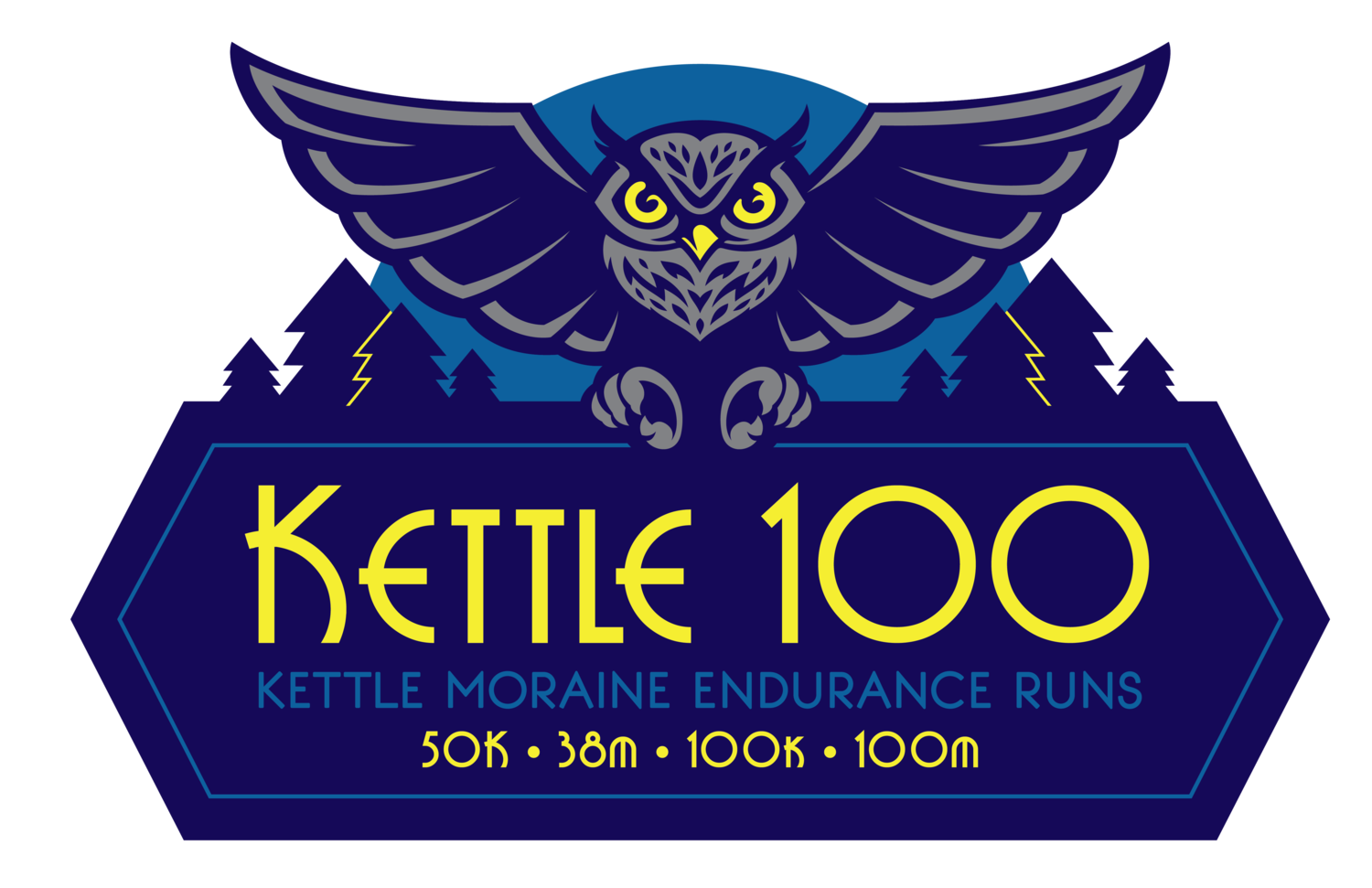Four members of the VHTRC successfully conquered the seventh running of the Kettle Moraine 100 Miler, overcoming a 93-degree, cloud-free day to pick up our commemorative copper kettle finisher awards.
Ed Schultze, John Dodds, Kerry Owens and I (Jaret Seiberg) traveled out to Wisconsin for this 100 Miler, which also has a 100 K option. John and Ed had both done MMT three weeks earlier so I thought they were nuts. Then Ed does a 50 mile training run the week before just because some friends wanted to run the entire Greenway trail out-and-back. That just reinforced my notion that he was crazy. Yet Ed appeared sane compared to Dodds, who still had a massive blister on his foot from MMT and who is signed up to do Laurel Highlands this weekend.
That meant Kerry and I were the only sane ones. This probably should be the time to mention that the prior weekend while cutting through a series of fields to cheer my wife on during her first 5K run that I got poison ivy all over both legs, both feet, both arms, both hands, my hips, and lower back. It was severe enough that the doctor put me on steroids. (No, not the kind that bulk up muscles.) Also, Kerry re-injured her ankle just a few days before the race, which resulted in much swelling and made it painful to walk
So as I was saying, Kerry and I were the only sane ones.
Ed and I meet up with John at noon Friday at the Milwaukee airport. Ed had a big duffel bag, I have medium duffel and a small backpack. John had three suitcases. Ed and I were quietly applauding ourselves for agreeing to the car upgrade when we saw all the luggage. Unfortunately we only had upgraded to a Dodge Neon, which has a trunk that barely fits one suit case let alone all the crap we brought with us. I can’t fathom what the other car would have been.



